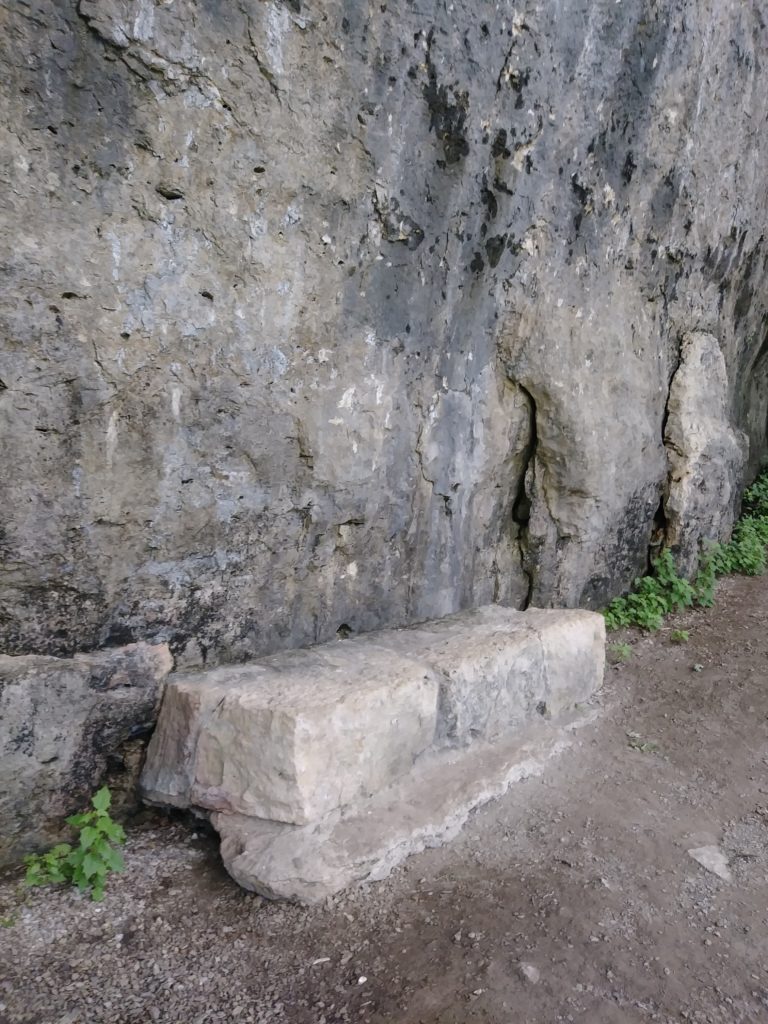Hello, lovelies!
I have emerged from the cell service and internet wasteland that is Yellowstone National Park (more on that in another blog post, in the very near future), armed with two new stories for The Constellations.
Without predictable access to electricity, I wrote things down while I was there. On paper.
On paper. Like they used to do in the freaking Paleozoic Era.
So, you’ll be getting another story as soon as I tidy it up a hair and feel like posting it- this week, I should think. However, let’s concentrate, instead, on the story I am posting now, “Ara,” which you can read here.
This constellation didn’t give me much that I found inspiring to work with, and to top it all off, I went and decided to try my hand at murder mystery, or spy thriller, or some such categorical nonsense as that.
Suffice it to say, I found it rather difficult to construct a logical story within this particular family of genres, and I am certainly neither the next Agatha Christie nor Tom Clancy.
The story ran on the long side- about a thousand words over my word limit… but that’s the beauty of making one’s own rules: I makes them. I breaks them. I punish myself by drinking tea and writing yet more stories. The evil genius of it almost makes me hyperventilate with glee.

The constellation Ara
I am a strong believer in giving credit where credit is due, and, as my Constellations project goes on, I find myself increasingly grateful for the wonderful resource that is Ian Redpath’s Star Tails. It’s of enormous help to me in researching the mythology associated with the various constellations. So, too, is the National Audubon Society’s Field Guide to the Night Sky by Mark Chartrand- though not terribly keen on providing sources for the stories it tells about the stars, it certainly does help me find them in the sky.
Right. Boring shit’s out of the way.
Ara, or the Altar, has a nice pedigree. I’ve found two competing explanations for which altar the ancient Greeks associated with this constellation. By far the more widespread is that this is the altar which figured in the Titanomachy.
(The Titanomachy is where the Greek gods we know and are kind of moderately uncomfortable with fought and overthrew the Titans, the previous crop of gods. Look, it’s Greek myth- it’s complicated and sometimes kind of gross.)
The gods gathered around the altar and swore to defeat the Titans together.
What the hell was I supposed to do with that myth?! Put the Mob’s Five Families around a table deciding who to call hits on?
[Actually, I didn’t think of that until just now, and- it sort of has some potential. Huh.]
So while I have always found the Titanomachy highly entertaining (one of the Titans means to eat an infant and instead eats a rock, completely unaware of the switch- what’s not to love??), I decided to completely ignore it in this case.
Another source said what made this altar special was that it was Chiron’s altar.
That was something I could work with.
Chiron was a centaur, who lived a remarkably good life (I use “good” in our modern senses) for a creature of Greek myth, although he did die a stupid/accidental/painful/sacrificial death, depending on which source you read. He was a mentor to many Greek heros (Achilles, Asclepius, Jason, Perseus, and Heracles, to name just a few) and, among other things, was an oracle and doctor. He was a wise and wonderful centaur with a tendency to be nurturing. (Most centaurs were… not like that. At all. Chiron was a monster who acted like a man, I suppose.)
There’s no mystery who Chiron is in my story “Ara,” since I’ve helpfully named the doctor Benjamin Chiron.
I treated the altar a bit more loosely. There’s a theme of sacrifice in the story- children sacrificing to free their mother, powerful men sacrificing a scapegoat, that sort of thing. Yes, there is a character named Ara, if you want to be obvious.
Finally, the code in the story, “Fairy, biscuit, daisy; black sand,” was a sequence of various points of interest in Yellowstone that I wished to visit over the course of a day, and therefore committed to memory. And then realized they ought to fit in my story, somehow, because they sounded cool together.
I was rather fortunate that these words happened to (after absolute eons of wracking my brains) offer up a hidden meaning upon close examination.
Of course, it didn’t take our good doctor nearly as long to figure out what “Fairy, biscuit, daisy; black sands” meant.
Thank goodness.